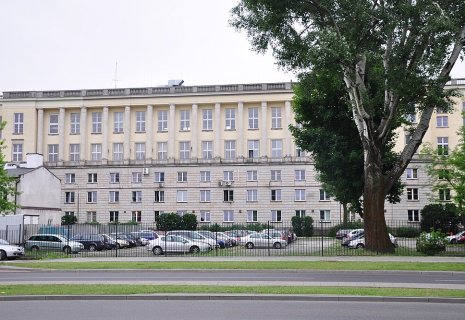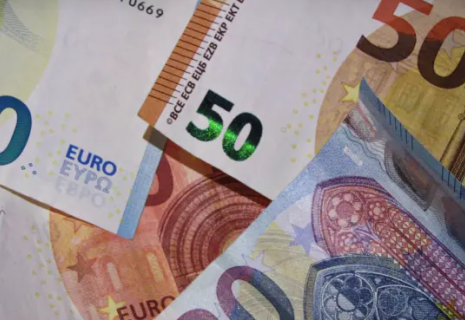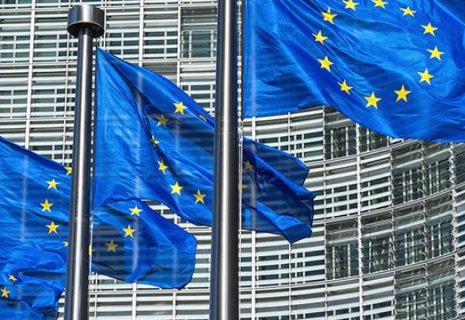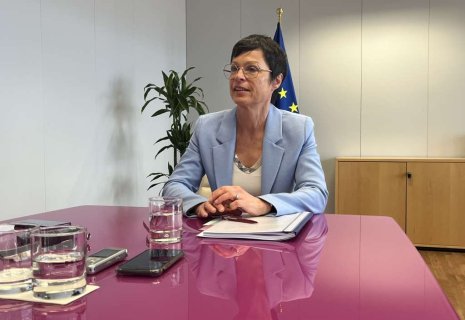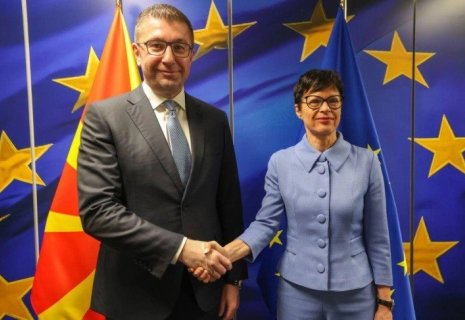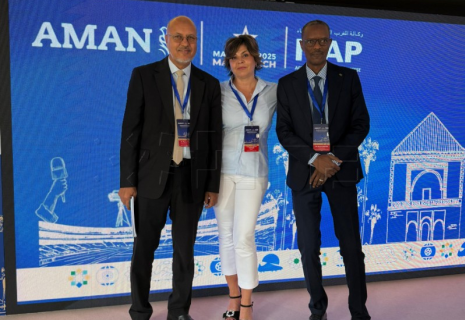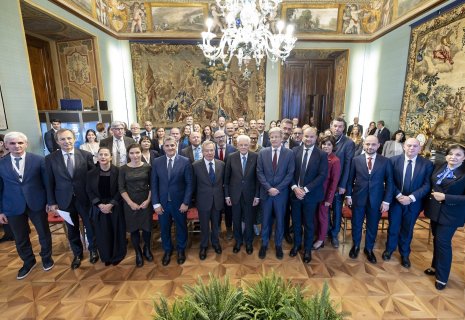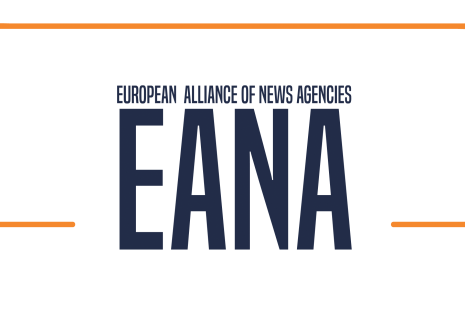
EBRD: Poland safe from U.S. tariff fallout unless Germany falters - EXCLUSIVE
The European Bank for Reconstruction and Development (EBRD) has assessed that the newly announced U.S. import tariffs pose a limited direct threat to Poland's economy but may indirectly impact growth via Germany and the automotive supply chains, EBRD Regional Economist Marcin Tomaszewski said in an exclusive interview with CE Report.
"Estimating the precise impact of the newly announced tariffs on the EU economy, including Poland, remains challenging," said Tomaszewski. "However, the high degree of policy volatility has significantly heightened uncertainty surrounding the future conditions for international trade and investments."
The U.S. has announced tariffs of up to 50% on EU goods, though these measures have been suspended until July 9 pending negotiations. While Poland’s direct trade exposure to the U.S. is limited and domestic demand remains stable, indirect effects, particularly through Germany, are expected to weigh on Poland’s industrial outlook.
Germany, a key trade partner and a hub of automotive exports, could bear the brunt of the tariffs, which include 25% levies on cars, aluminium and steel, and 10% on other goods. Any slowdown in Germany is likely to ripple through Central and Eastern Europe, potentially affecting Poland’s exporters beyond just the car sector.
Despite these headwinds, Poland's economy is forecast to grow by 3.3% in 2025 and 3.2% in 2026, according to the EBRD’s May 2025 Regional Economic Prospects.
Infrastructure and Energy Investment as Growth Drivers
Poland’s short-term growth will be strongly supported by EU-backed infrastructure and energy projects. Key initiatives include the modernization of the energy grid, the development of offshore wind farms in the Baltic Sea, and the construction of Poland’s first nuclear power plant.
These investments are part of a broader strategy to lower energy costs and enhance the competitiveness of Polish industry. According to McKinsey & Company, investment in Poland’s green energy transition could total EUR 65 billion by 2030 and as much as EUR 450 billion by 2050. If realized, average wholesale electricity prices could drop by 15% by 2035 and up to 30% by 2050 compared to 2023 levels.
Consumption Resilience and Monetary Policy Outlook
Poland has successfully emerged from its recent inflationary spike, with annual inflation falling below 4% in April 2025, approaching the National Bank of Poland’s (NBP) target. Corporate wage growth has also moderated to below 10%, contributing to an improved inflation outlook.
In response, the NBP cut its policy rate from 5.75% to 5.25% in May. Tomaszewski noted that, despite slower wage increases, private consumption remains resilient thanks to stable domestic demand. Further interest rate cuts will depend on how inflation responds to this initial move, with the central bank expected to maintain a cautious, data-driven approach.
EBRD’s Investment Strategy for 2025–2026
The EBRD will maintain its counter-cyclical role in Poland, focusing on areas where it can provide additional support without crowding out private investment. The Bank’s strategy for 2025–2026 includes a strong emphasis on green transition, innovation, digitalisation, and improving corporate governance.
"Poland’s strong momentum in driving its energy transition and enhancing economic competitiveness through innovation means EBRD support will continue to play a complementary role," Tomaszewski concluded.
Photo: EBRD
This interview was prepared by Abdul Karimkhanov

